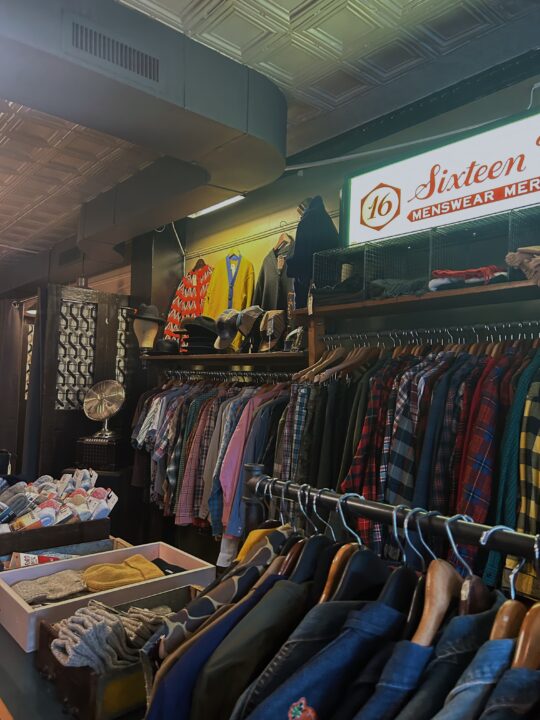Sustainability and ethics are the hot new buzz-words in fashion. Eco-friendly, ethical fashion brands and sellers are all the rage, and for good reason — protecting workers and the environment are noble causes. However, in many ways, these companies do not (and perhaps cannot) deliver on all of their promises. Inaccessibility and overconsumption plague the world of “sustainable” and “ethical” fashion, negating much of the progress that these companies so proudly tout.
For one thing, these brands market themselves as the “ethical” option, but they do not cater to everyone. Inaccessibility is a huge problem — many ethical and sustainable brands often have limited size ranges and high price tags. Reformation, one of the most well-known progressive fashion brands, is infamous for its minimal size range (usually XS-XL) and high price; their Rio Sweatshirt, for example, is a plain black, 100 percent cotton crewneck sweatshirt that goes for 68 dollars full price.
Now, on its own, the price makes sense. Finding ethical, environmentally-conscious fabrics, manufacturers and distributors is not easy or cheap, especially since Reformation and many brands like it are carbon-neutral. The issue is that you can often find a plain black crewneck in a thrift store, so why buy new?
Why buy new? That is the big question with these brands. So many ethical fashion brands market themselves as the best brand for buying the basics, but basic pieces are most likely already circulating through thrift stores, second-hand shops and the backs of our closets, forgotten and unworn. So, why produce new?
The answer is an issue that affects the whole fashion industry, including progressive brands: overconsumption. To stay afloat, brands must market themselves. They must sell, even when the product is unnecessary. They promote the purchasing of new clothes, even when the kinds of clothes that they are selling could be easily found second-hand.
Fast fashion changed the way we see clothes in the West. It is normal, even expected that people buy new clothes regularly. As seasons change, so do wardrobes. We must keep up with the latest trends, which go by all too quickly.
Grace Gordon, writer for Savior Flare, explained the changes to the “trend cycle” in fashion. “Earlier, we would notice a trend in the pages of a magazine. We now notice it on an influencer on Snapchat or Instagram.,” she wrote. “Ironically, this type of immediate and global saturation of a trend is the root cause of ‘consumer fatigue’; seeing a cool new ‘It’ bag a dozen times a day on social media can actually make a potential buyer weary of it before they’ve pulled the trigger on a purchase. This also contributes to the speed at which fashion now moves, as the modern consumer demands more options, styles, and colorways at faster and faster retail delivery times.”
Trends do not simply fade away in the world of ethical and sustainable fashion. People still feel pressure and desire to keep up with the latest crazes. In response to this, ethical/sustainable brands push new clothes each season to keep up — even though it goes against the very principles on which they are founded.
Returning to accessibility, finding clothes that are both affordable and flattering from any store can be difficult for anyone, particularly if their bodies do not fit into the small-to-large size range. When narrowing the search down to only ethical and sustainable brands, options are dismally slim.
The solution, it would seem, is to make do with what we already have and buy second hand when necessary. Consumption and Environment reported on the results of a study conducted by Movinga, a German moving company, which found that the average American wears less than half of the clothes in their closet.
As fun and tempting as it is to buy new clothes, the act of reclaiming our closets could be the best way to support the sustainable and ethical fashion movement.


